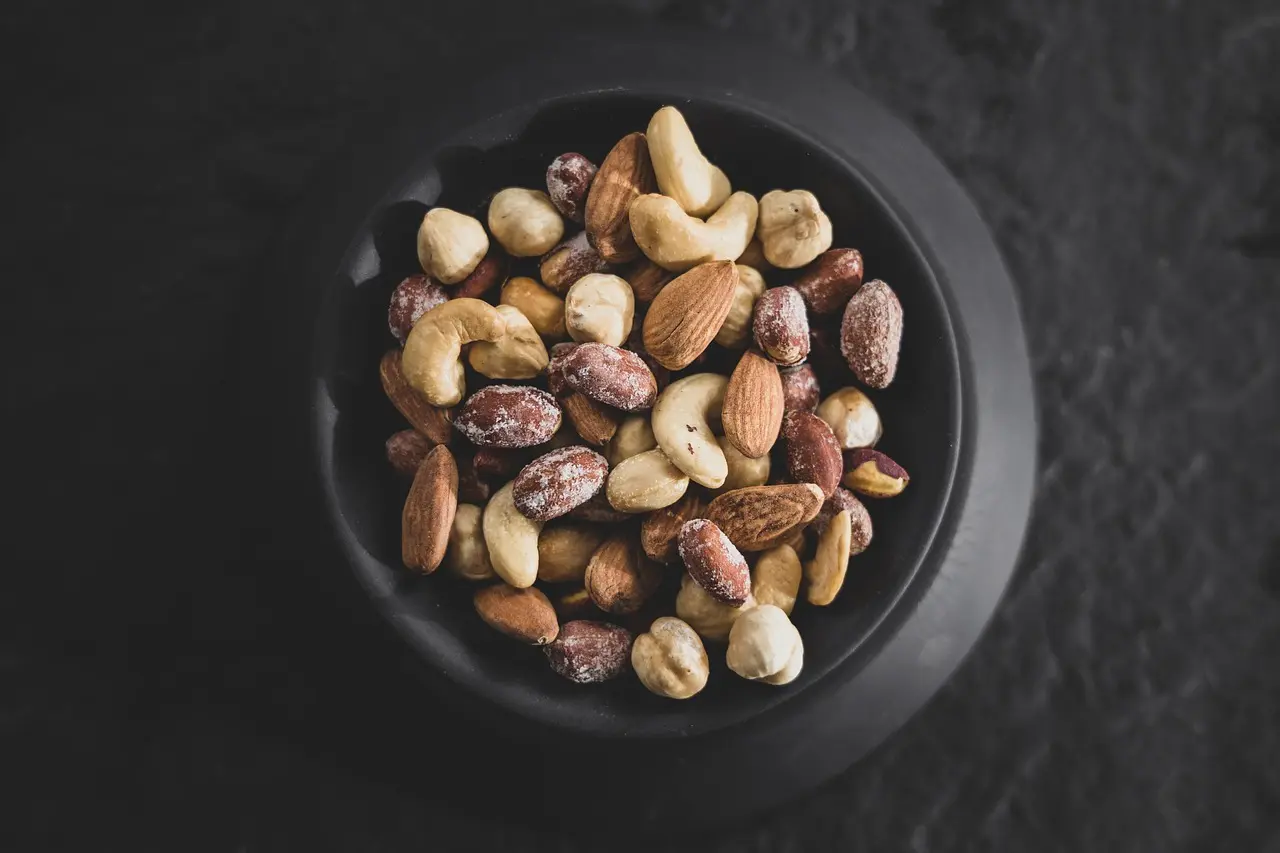Nuts are a powerhouse of flavor, texture, and nutrition, making them a fantastic addition to a wide array of recipes, from crunchy toppings for salads and yogurt bowls to essential components in baked goods like cookies, cakes, and nut-based flours for gluten-free options. However, when a recipe calls for "1 cup of chopped walnuts" or "1/2 cup of slivered almonds," how much are you actually adding? Measuring nuts by volume (cups) can be surprisingly inconsistent due to their irregular shapes and sizes, making weight measurements a far more reliable approach for consistent culinary success.
The Challenge with Measuring Nuts by Volume:
The primary reason volume measurements for nuts can be tricky lies in their physical form and how they pack into a measuring cup:
- Size and Shape of the Nut: Whole almonds, with their elongated shape, will pack very differently and leave more air pockets in a measuring cup compared to smaller, more uniform slivered almonds or finely chopped walnuts. Larger individual nut pieces inherently create more interstitial air space.
- Whole vs. Chopped vs. Slivered vs. Ground: This is a major factor. Chopped or slivered nuts, being smaller and more uniform, will generally pack more densely into a measuring cup than their whole counterparts. This means a cup of chopped nuts will usually weigh more than a cup of whole nuts of the same type. Ground nuts (nut flours or meals) will be even denser by volume.
- Packing Density: How vigorously you shake or settle the nuts in the measuring cup can also influence the amount. A lightly filled cup will weigh less than one that has been tapped to settle the contents.
- Toasted vs. Raw: Toasting nuts can slightly reduce their moisture content and make them a bit lighter and more brittle, which could subtly affect how they pack by volume, though the weight difference per individual nut is minimal.
The Unbeatable Advantage of Weighing Nuts:
For consistent results, especially in baking where precise ingredient ratios are crucial for texture and structure (think nut crusts, macarons, or flourless nut cakes), measuring nuts by weight (grams or ounces) using a digital kitchen scale is the most accurate and professional method. This practice eliminates the guesswork and variability associated with volume measurements, ensuring your recipes turn out as intended every time.
Approximate Weight Conversions for Common Nuts (per US Cup):
The following are general averages for shelled nuts, assuming the "spoon and level" method or a light shake to settle if measuring by cup. Always remember that these can vary by specific nut size, variety, and brand.
- Almonds:
- Whole, Shelled: ~140-160 grams (~5-5.6 oz) per US cup
- Slivered: ~100-120 grams (~3.5-4.2 oz) per US cup
- Ground (Almond Flour/Meal, fine): ~96-112 grams (~3.4-3.95 oz) per US cup. Our almond flour guide has more details.
- Walnuts:
- Halves or Large Pieces: ~100-120 grams (~3.5-4.2 oz) per US cup
- Chopped (medium): ~115-125 grams (~4.0-4.4 oz) per US cup
- Pecans:
- Halves: ~100-110 grams (~3.5-3.9 oz) per US cup
- Chopped (medium): ~110-120 grams (~3.9-4.2 oz) per US cup
- Pistachios (Shelled): ~120-130 grams (~4.2-4.6 oz) per US cup
- Hazelnuts (Filberts, Whole, Shelled): ~135-150 grams (~4.7-5.3 oz) per US cup
- Macadamia Nuts (Shelled, Halves/Wholes): ~130-145 grams (~4.6-5.1 oz) per US cup
- Cashews (Whole): ~130-140 grams (~4.6-4.9 oz) per US cup
- Peanuts (Shelled, Roasted): ~140-150 grams (~4.9-5.3 oz) per US cup
For Metric Cup (250ml) conversions, the gram weights will generally be about 5-10% higher than the US cup weights, reflecting the slightly larger volume of a metric cup.
When is Weighing Nuts Most Critical?
- Baking Precision: Essential for cookies, cakes, tarts, nut crusts, and candies where the precise ratio of nuts to other ingredients directly impacts the final texture, structure, and flavor balance.
- Nut Flours and Meals: When using ground nuts as a primary flour substitute (e.g., in gluten-free or paleo baking), weight is absolutely critical for proper recipe formulation and hydration.
- Recipe Scaling: Weighing makes it significantly easier and more accurate to scale recipes up or down while maintaining the correct proportions.
- Cost Control & Portioning: For those monitoring nutrition or costs, weighing provides exact quantities.
- Dietary Considerations: For diets like keto or paleo where nut intake might be carefully managed, weighing ensures accurate tracking of macronutrients.
To further assist your culinary precision, explore our detailed conversion charts for various nuts, available for both US and Metric cup measurements. These charts provide specific gram and ounce equivalents for different forms (whole, chopped, slivered) where applicable:
Almonds: Whole (US) | Whole (Metric) | Slivered (US) | Slivered (Metric)
Walnuts: Halves (US) | Halves (Metric) | Chopped (US) | Chopped (Metric)
Pecans: Halves (US) | Halves (Metric) | Chopped (US) | Chopped (Metric)
(You can find many more for other nuts like pistachios, hazelnuts, macadamias, as well as seeds, in our "Nuts & Seeds" chart category!)
By understanding these important nuances and making the small investment in a kitchen scale, you can use nuts with greater confidence and achieve more consistent, professional-quality results in all your cooking and baking endeavors.
 « Back to Blog Index
« Back to Blog Index